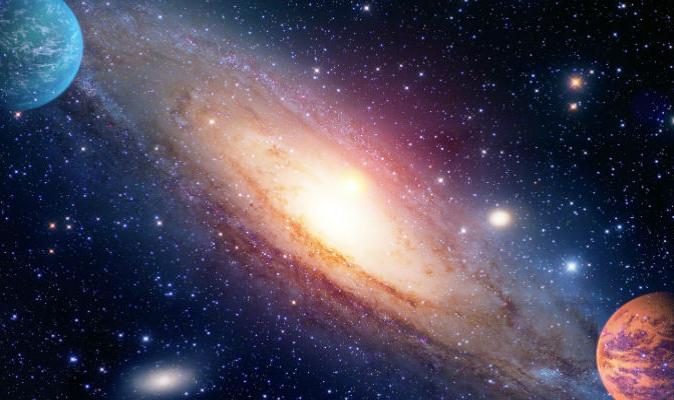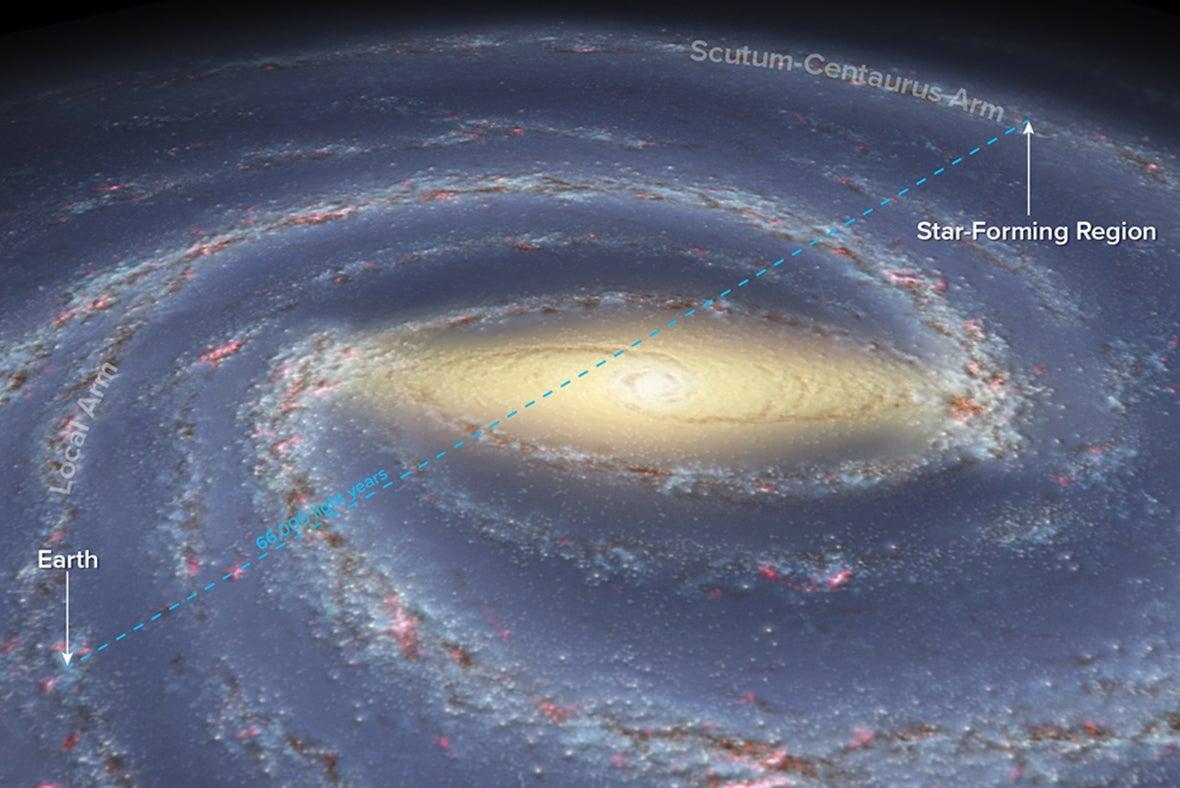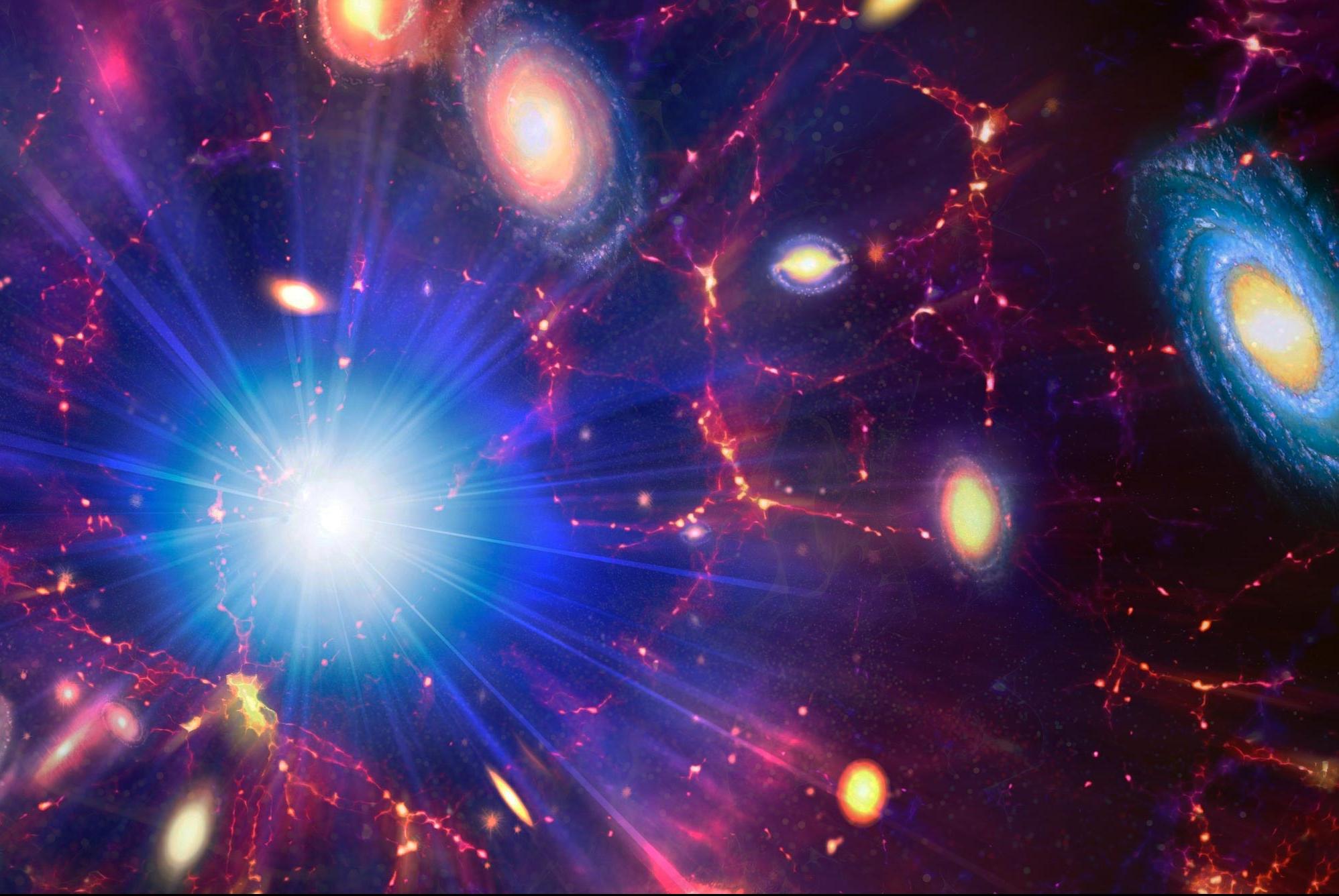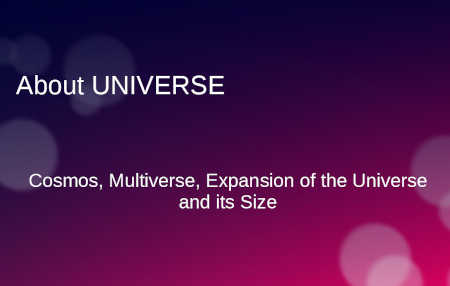Updated By: LatestGKGS Desk
Dualistic Concepts- Planetesimal hypothesis, tidal hypothesis, binary star hypothesis

Concepts on the origin of the solar system- dualistic concepts
Planetesimal Hypothesis, a theory of the origin of the solar system. It was proposed by Forrest R. Moulton and Thomas C. Chamberlin about 1900. The theory states that the planets were formed by the accumulation of extremely small bits of matter planetesimals that revolved around the sun. This matter was produced when a passing star almost collided with the sun. During the near-collision, hot gases were pulled out of both stars and the gases then condensed. The planetesimal hypothesis was widely accepted for about 35 years.
The greatest flaw in the theory is the assumption that the material drawn out of the stars would condense. The planetesimal hypothesis is no longer considered a likely explanation of the origin of the solar system.
The tidal hypothesis is one of the modern hypotheses of the origin of the earth and the solar system.
Sir James Jeans postulated his hypothesis on the basis of certain axioms (self-proved facts) as given below:
(1) The solar system was formed from the sun and another intruding star.
(2) In the beginning, the sun was a big incandescent gaseous mass of matter.
(3) Besides the sun, there was another star termed as ‘intruding star’ in the universe. This intruding star was much bigger in size than the primitive sun.
(4) The primitive sun was stationary and was rotating on its axis.
(5) The ‘intruding star’ was moving along such a path in such a way that it was destined to come nearer to the primitive sun.
(6) There was a great impact of the tidal force of the intruding star on the surface of the primitive sun.
Binary star hypothesis was developed by Lyttleton in 1938. Before the formation of planets, the sun had a companion star. Another star passed close to these double stars and dragged the companion star away. A gaseous filament was torn from the companion star and it remained close to the sun. The planets were originated from this gaseous filament in the same way as described in the gaseous tidal hypothesis.
Inter-stellar dust hypothesis The Soviet scientist Otto Schmidt propounded an altogether new hypothesis in 1943 to explain the origin of the solar system which was based on the nebular hypothesis of Kant and Laplace.
According to this new hypothesis, large quantities of gas and dust particles were found scattered in the universe which is known as gas and dust cloud. The sun was able to capture some gases and dust particles by the force of its gravitation.
The cloud of gas and dust started revolving around the sun. They were revolving around the sun in an irregular way. At a later stage, the heavier particle of gas cloud and dust particles were combined and collected near the cloud heap and the cloud cover took the form of a vast flat saucer.


